Description
Melbourne, founded in 1835 among marshes and beside a sluggish stream, grew from wetlands into a world-class modern city. Drawing on a wide range of historical, literary and artistic sources, this book explores the cultural and environmental history of the city and its site. Tracing the city from its swampy beginnings in a squatter’s settlement nestled in the marshy delta of the Yarra and Maribyrnong Rivers, Rod Giblett illuminates Melbourne through its visible structures and the invisible history of its site.
The book places Melbourne within an international context by comparing and contrasting it to other cities built on or beside wetlands, including London, New York, Paris, Los Angeles and Toronto. Further, it is the first book to apply the work of European thinkers and writers on modernity and the modern city – such as Walter Benjamin and Peter Sloterdijk – to an analysis of Melbourne. Giblett considers the intertwining of nature and culture, people and place, and cities and wetlands in this bioregional and ecocultural analysis. Placing the city in its proper bioregional and international contexts, Modern Melbourne provides a rich historical analysis of the cultural capital of Australia.
Table of Contents
1. Australian Capital of Modernity
PART I – City of Ghost Swamps
2. Lost Wetlandscapes
3. Wasteland and Wetland
4. Found and Founded Wetlands
5. Lost Foundations
PART II – Visible City, Invisible Site
6. The Paris of the South
7. Nature on Display
8. Streams of Living Water
9. Modes of Transportation and Communication
10. Sport and its Homes
11. Culture on Display
ISBN – 9781789381955
Publisher – Intellect Books

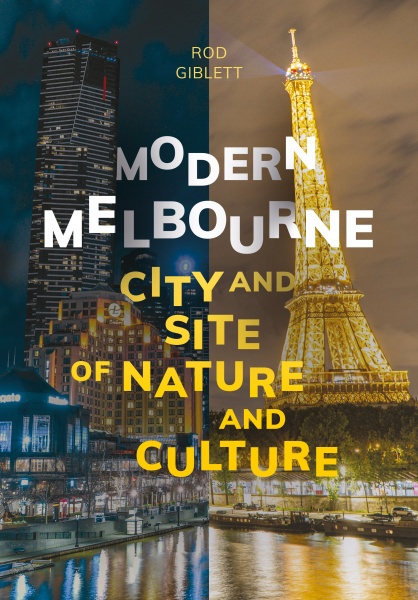

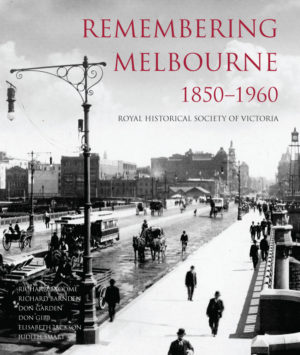
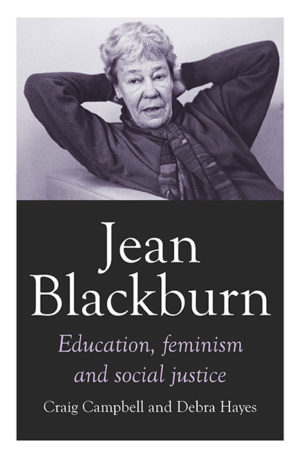





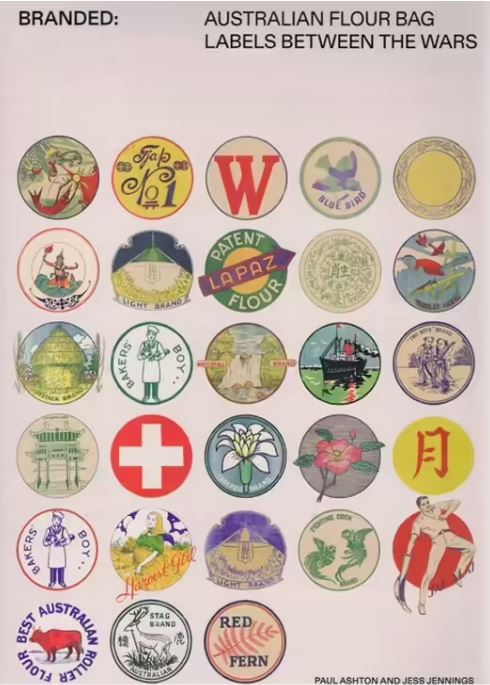
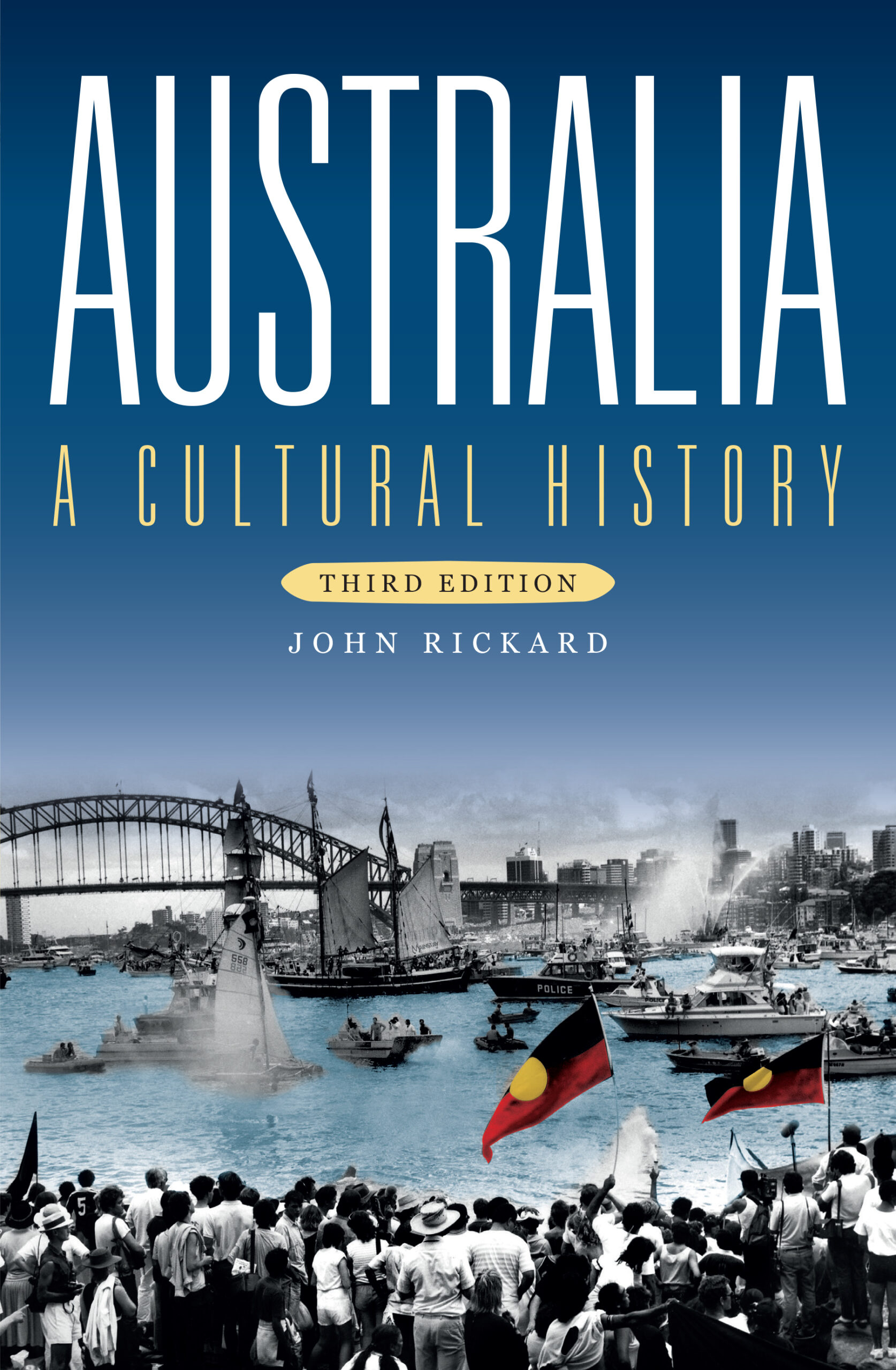
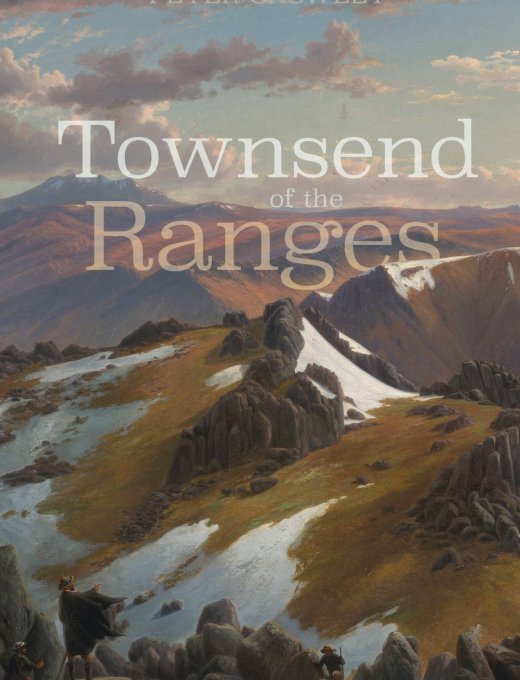

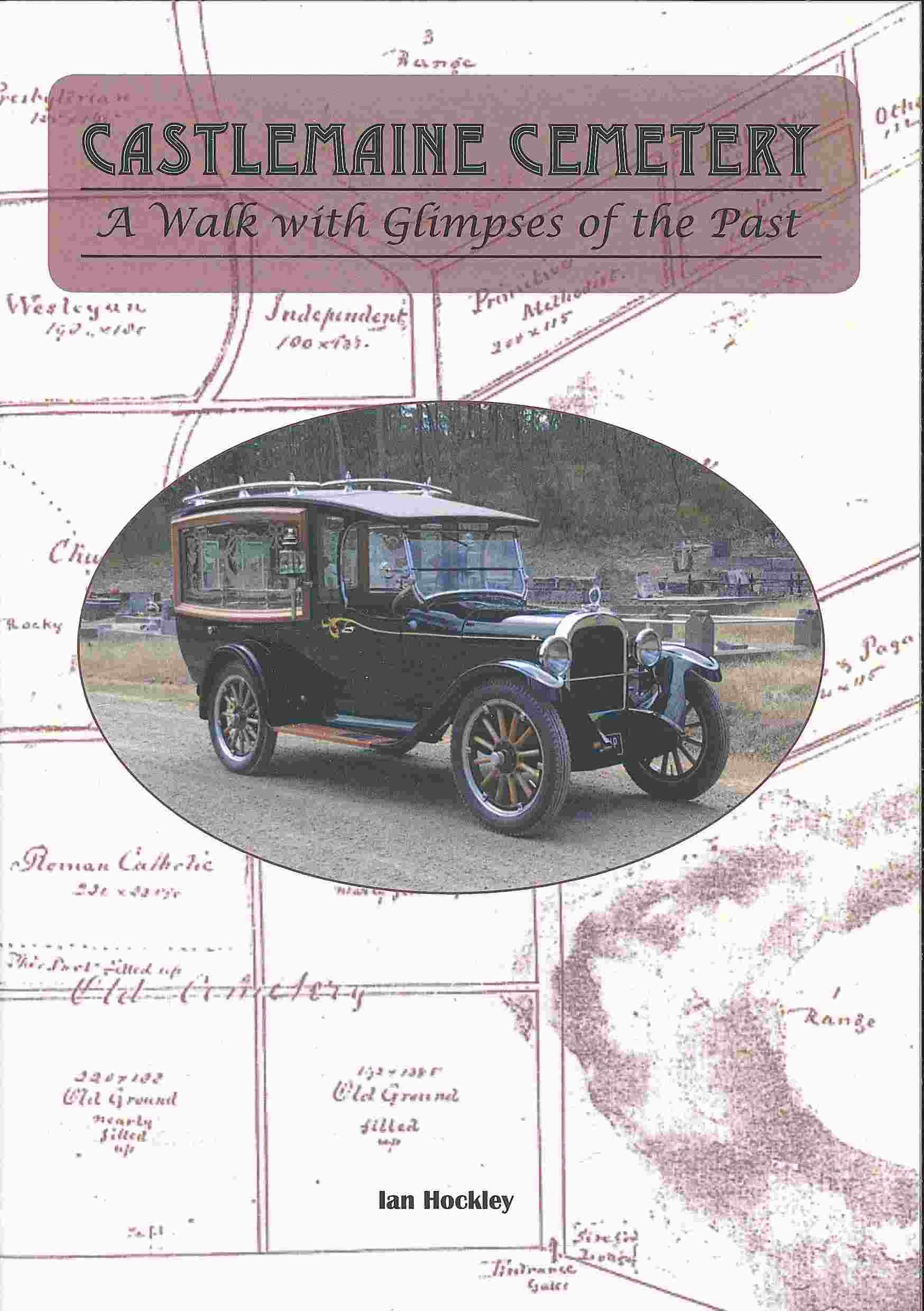

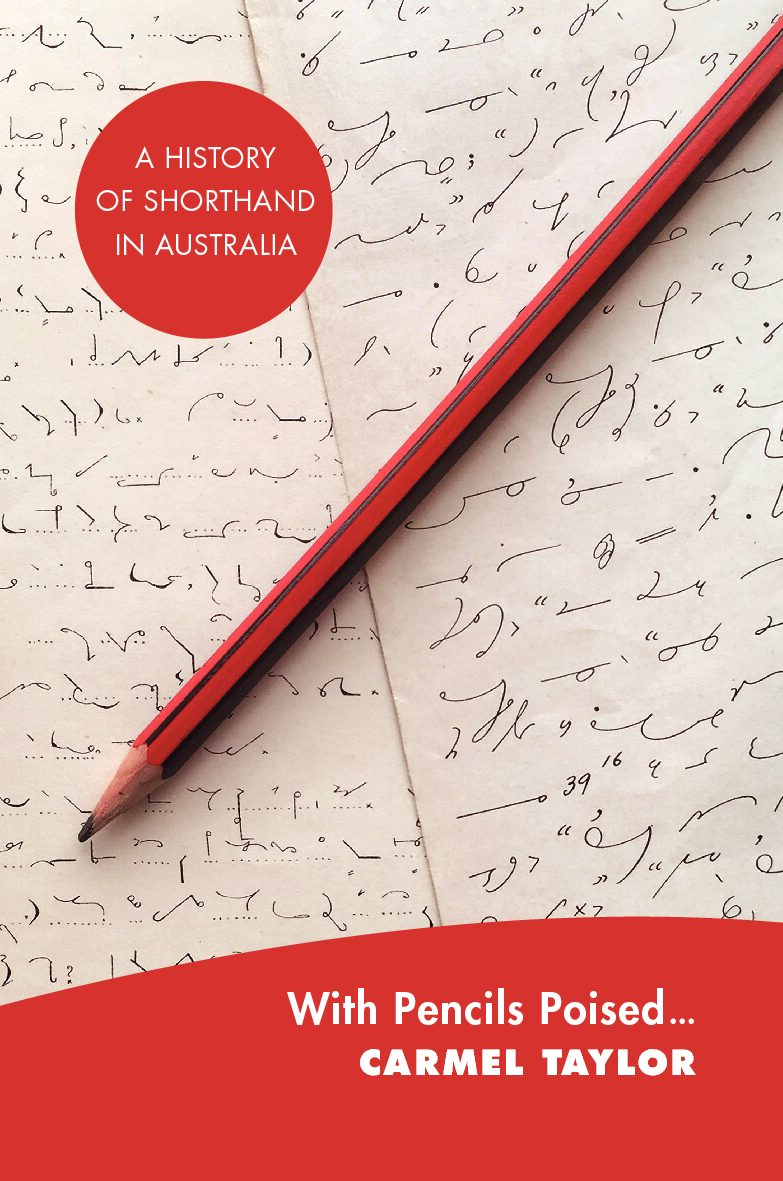
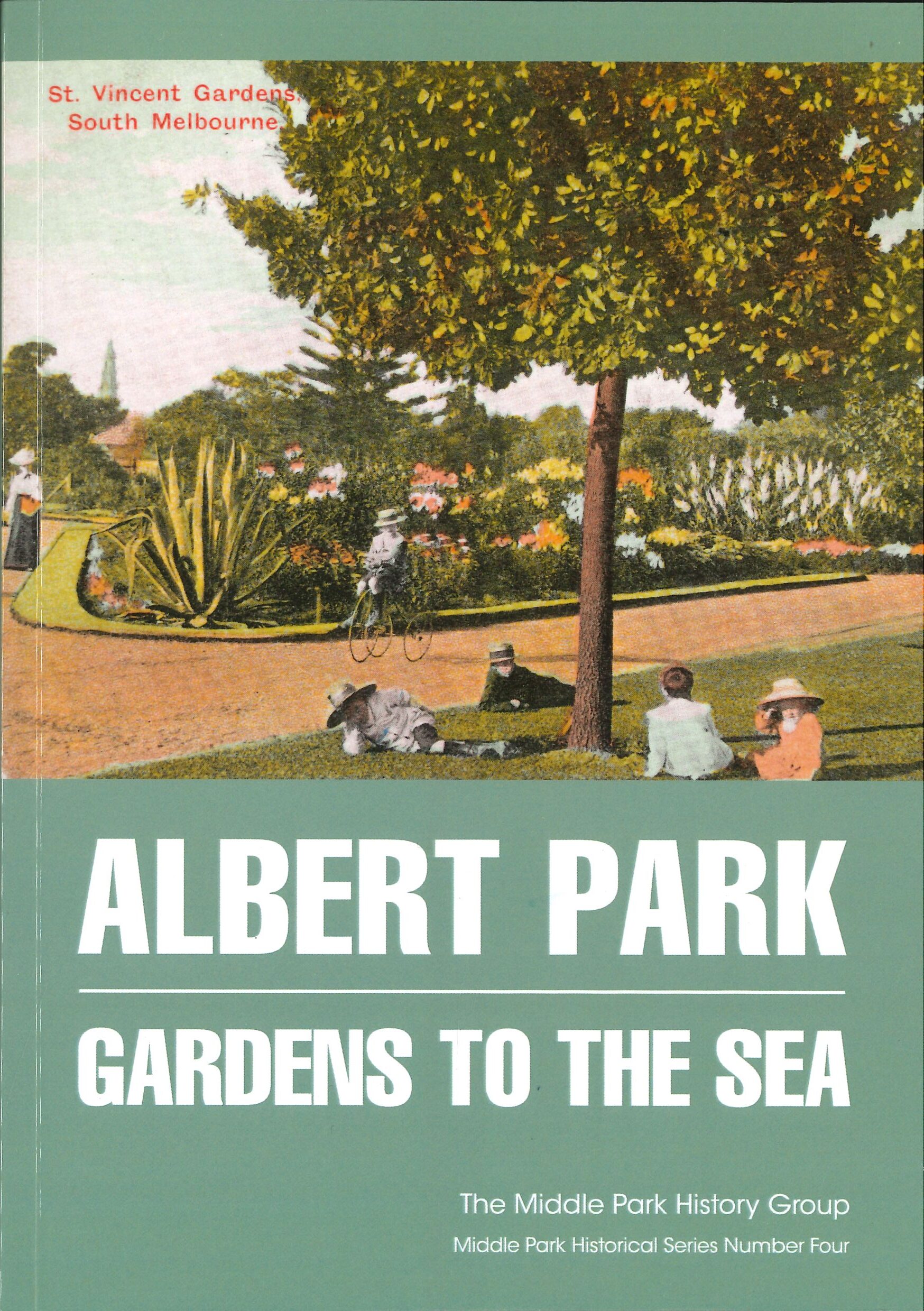

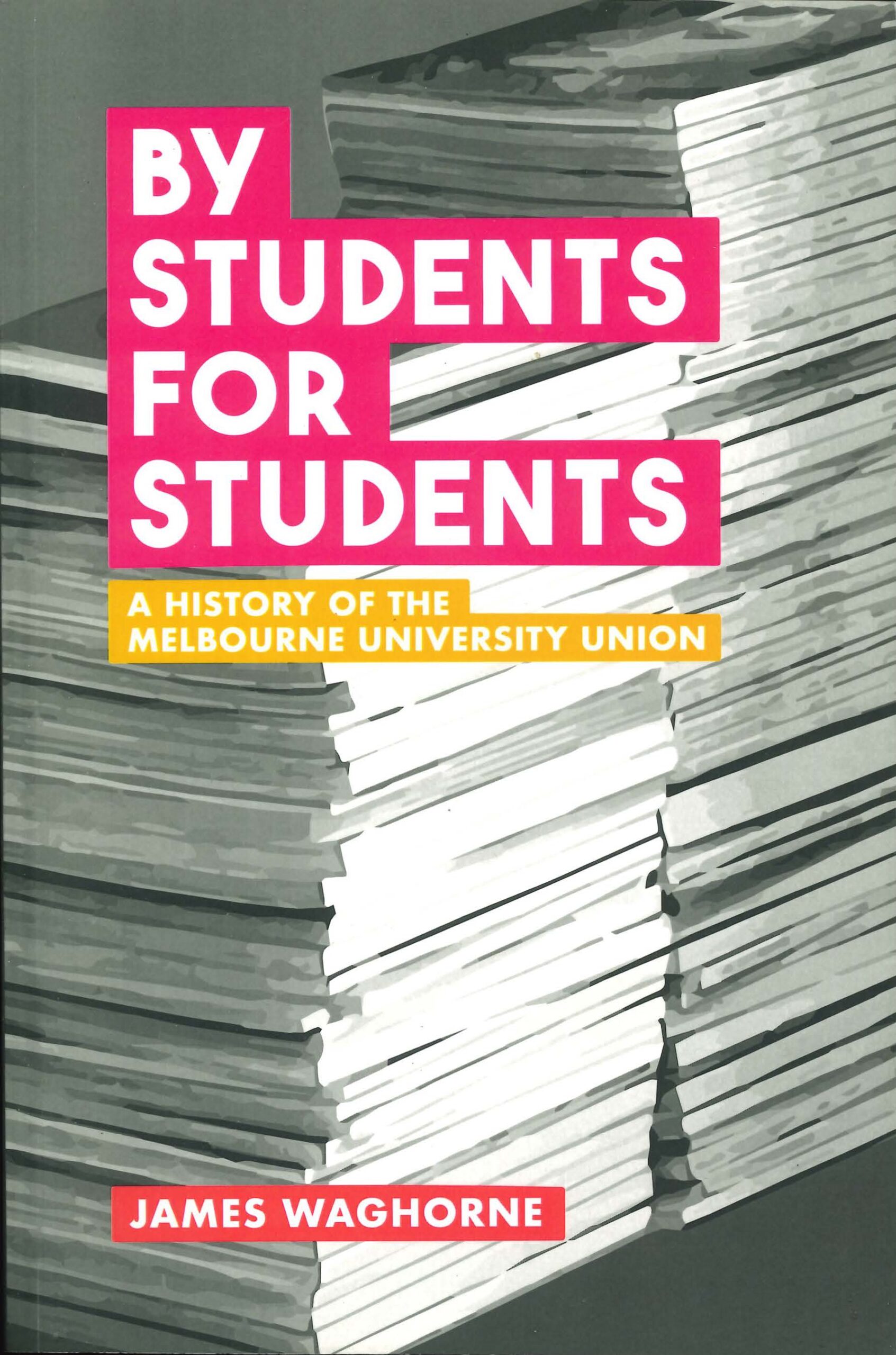

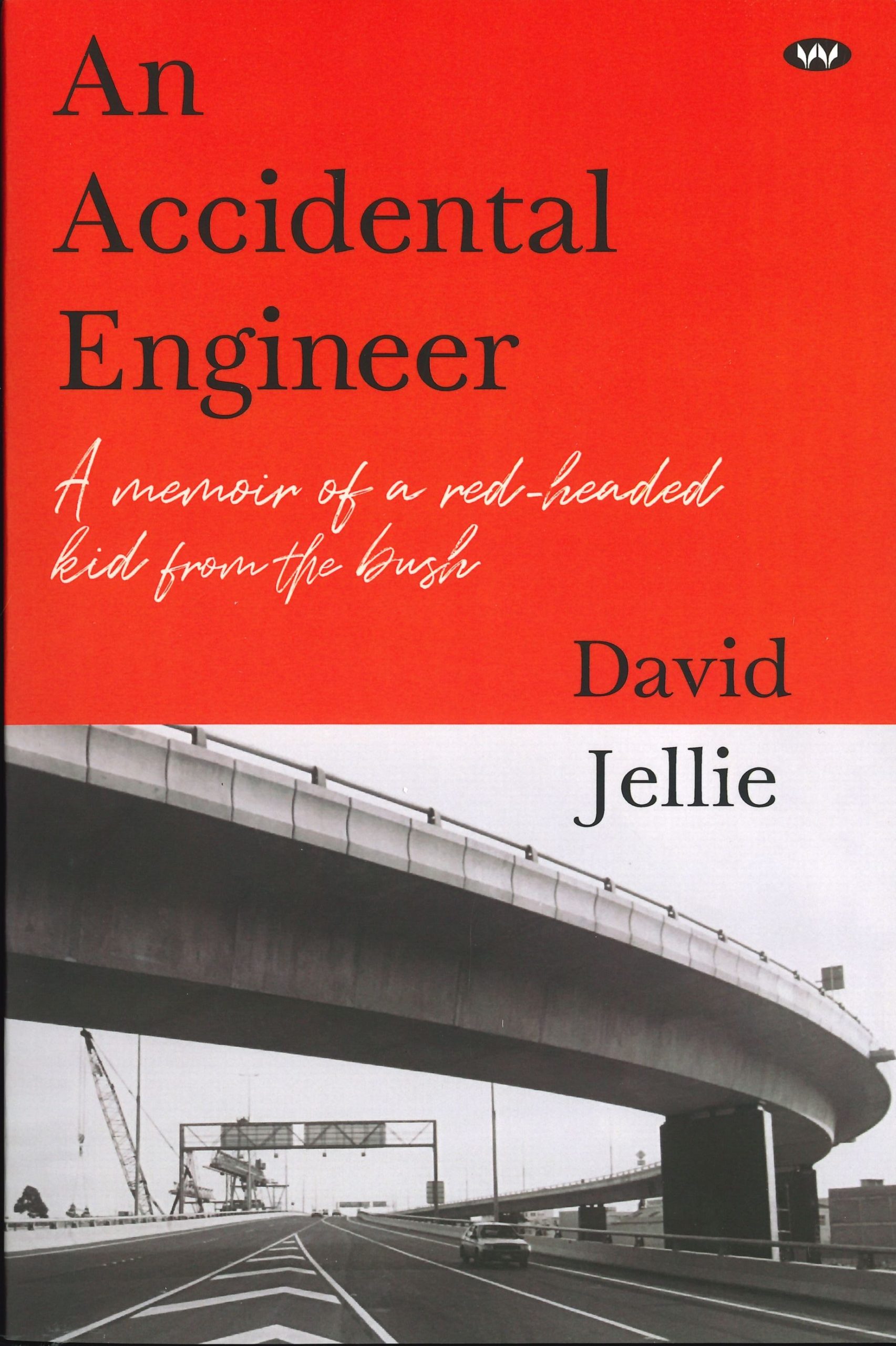

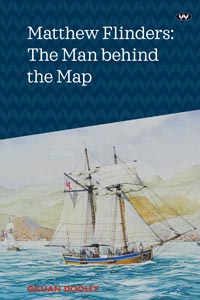
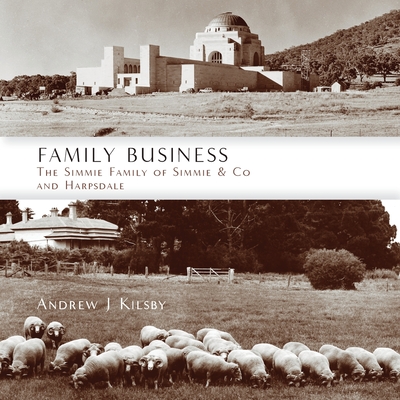
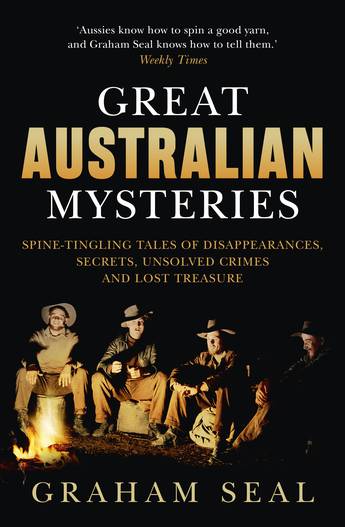
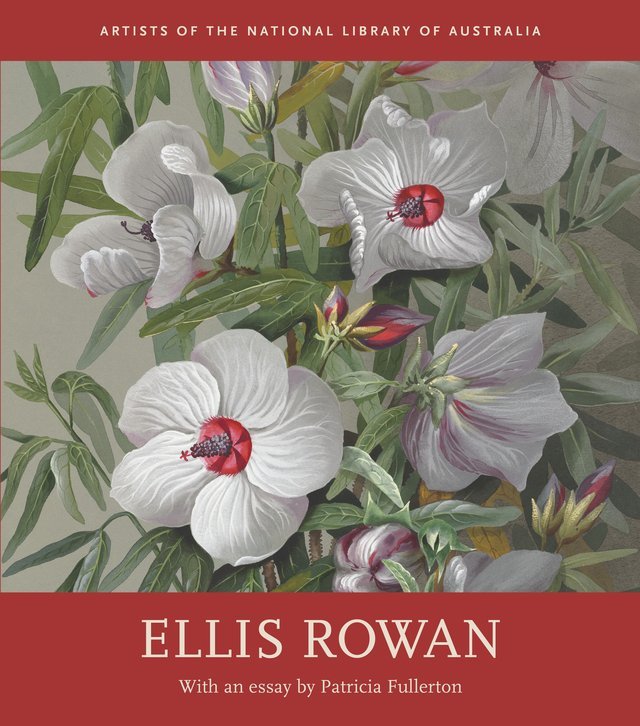

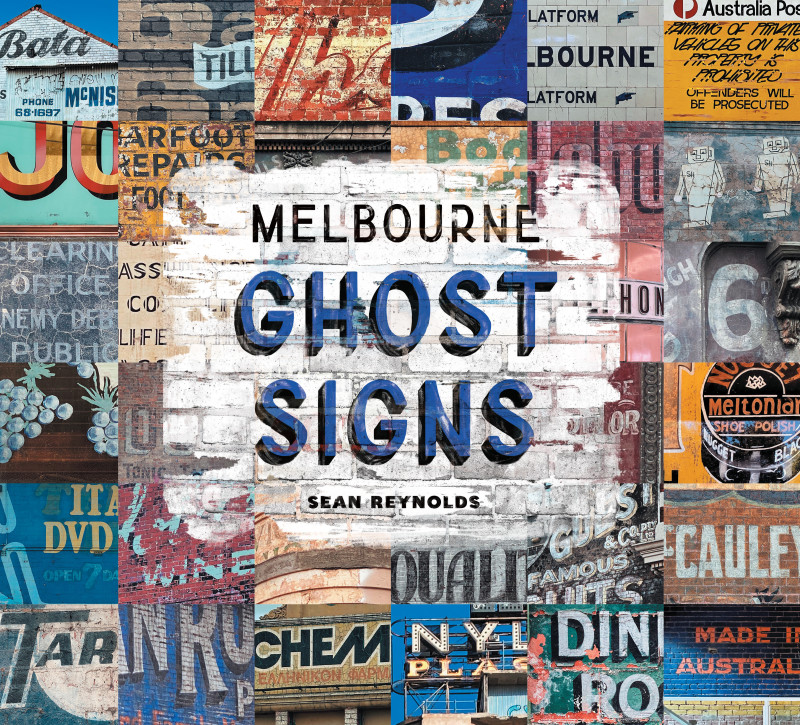

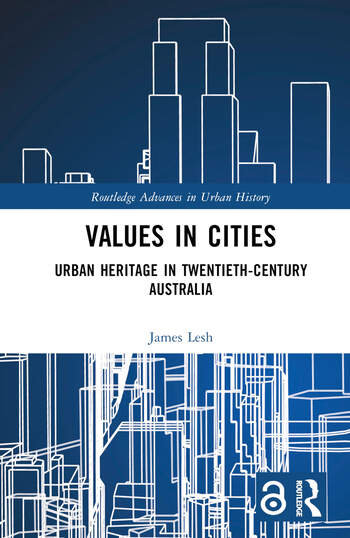
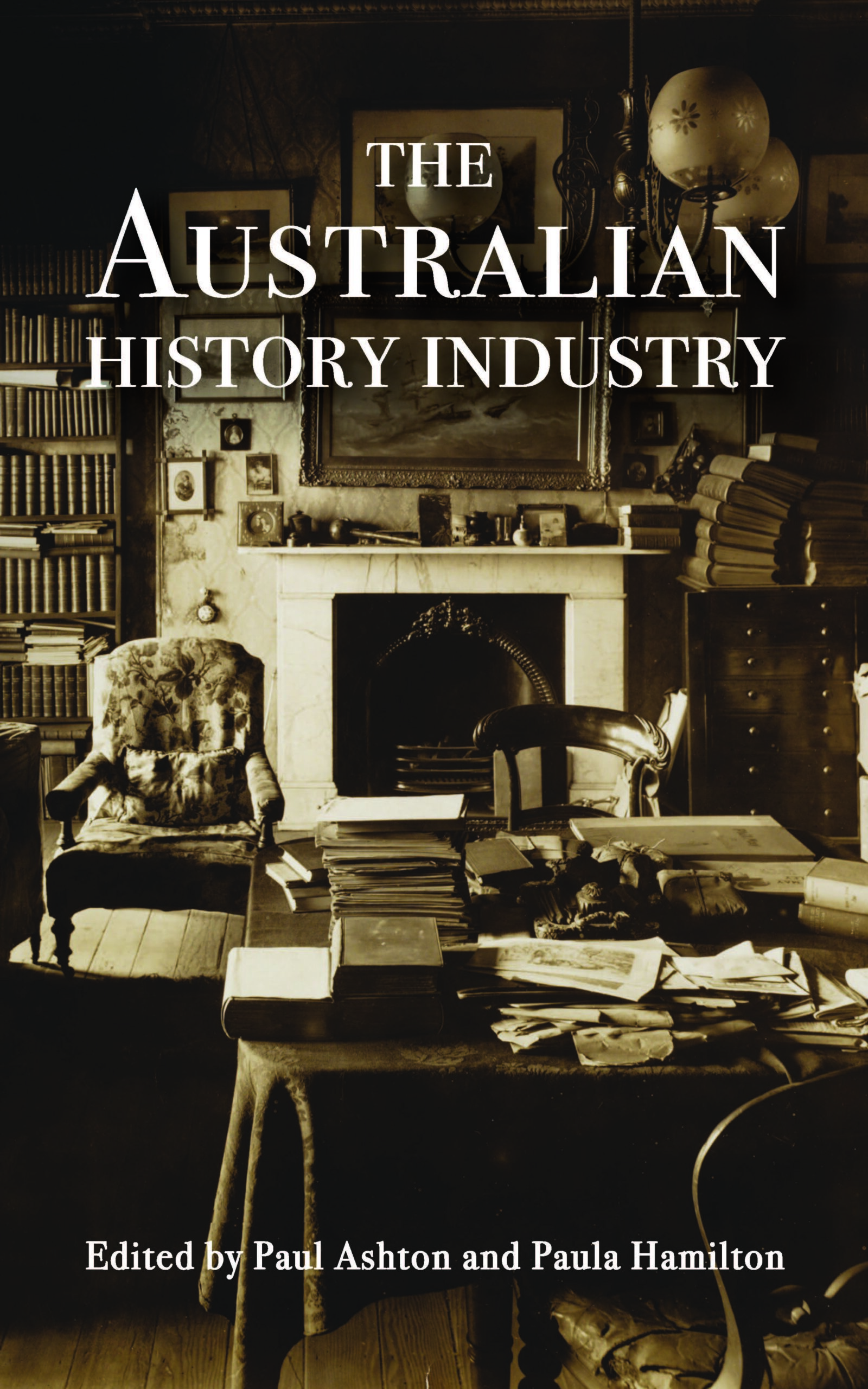
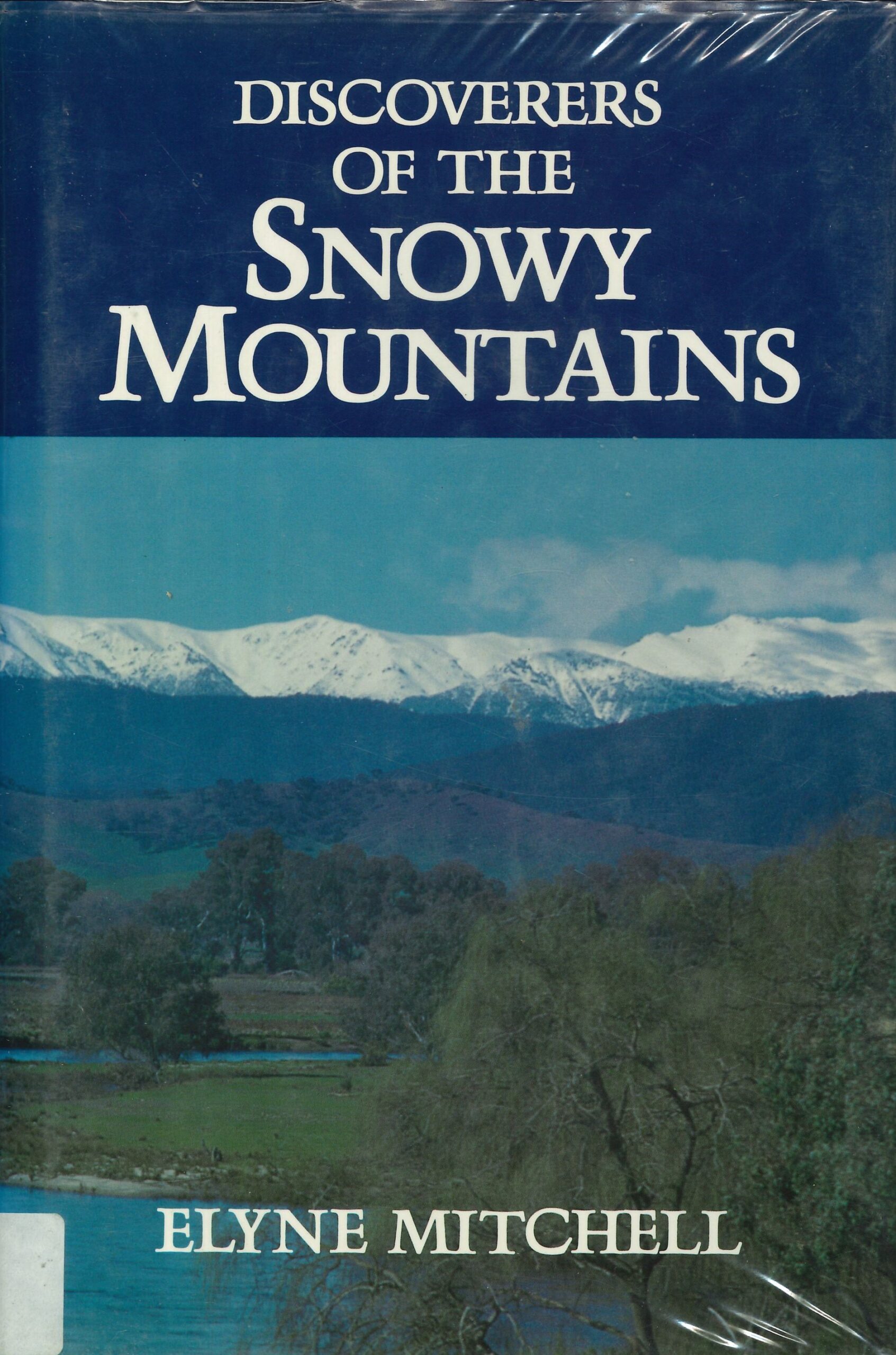
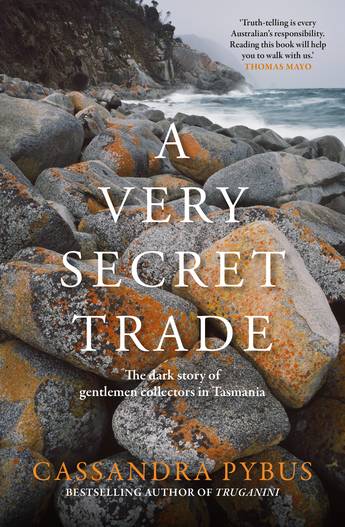
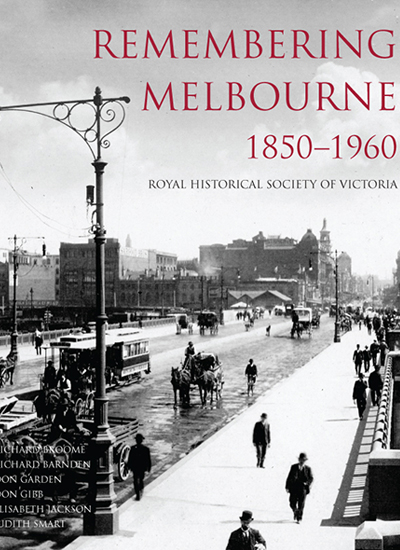
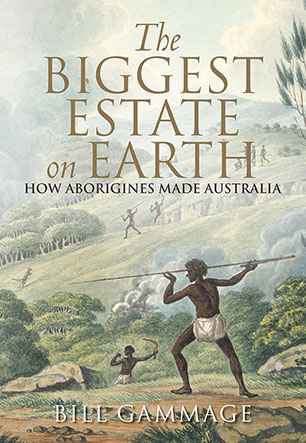
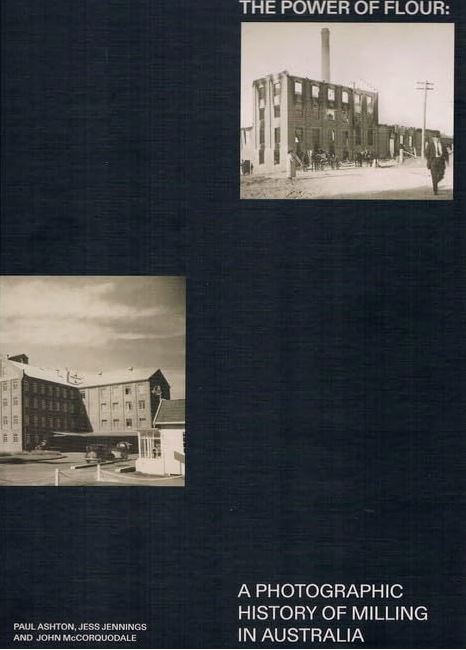
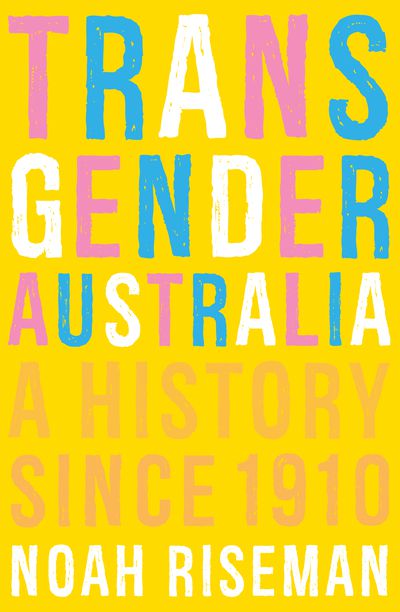







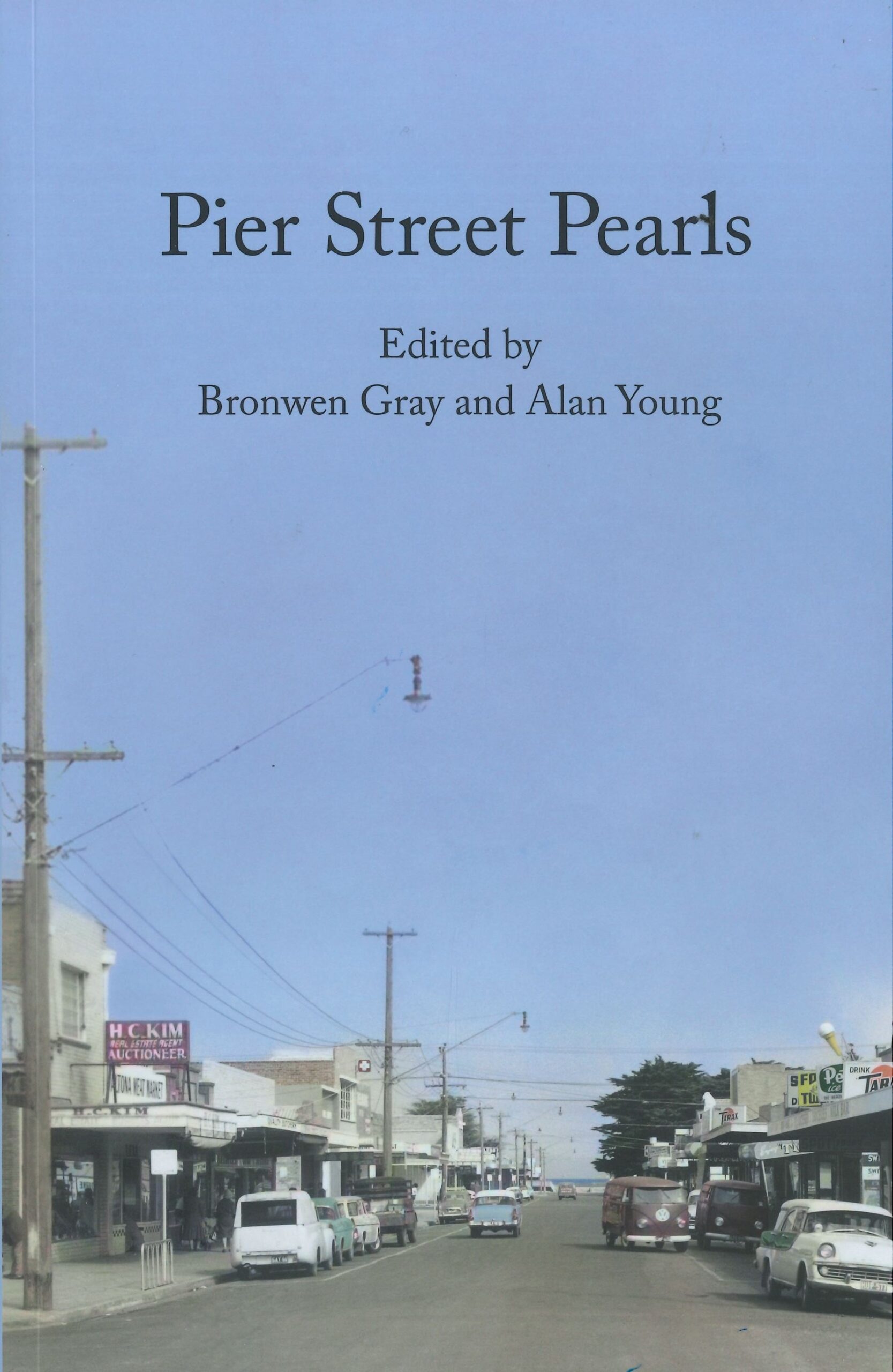
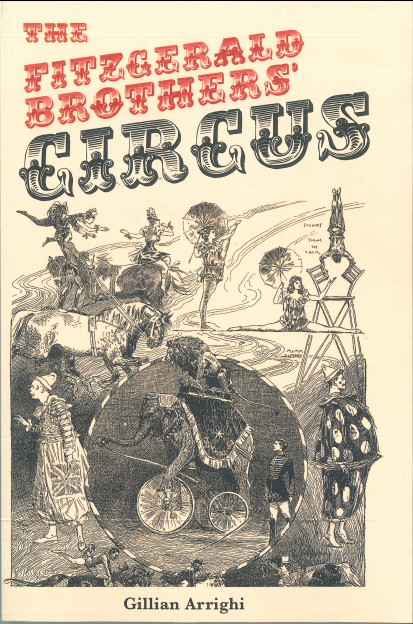


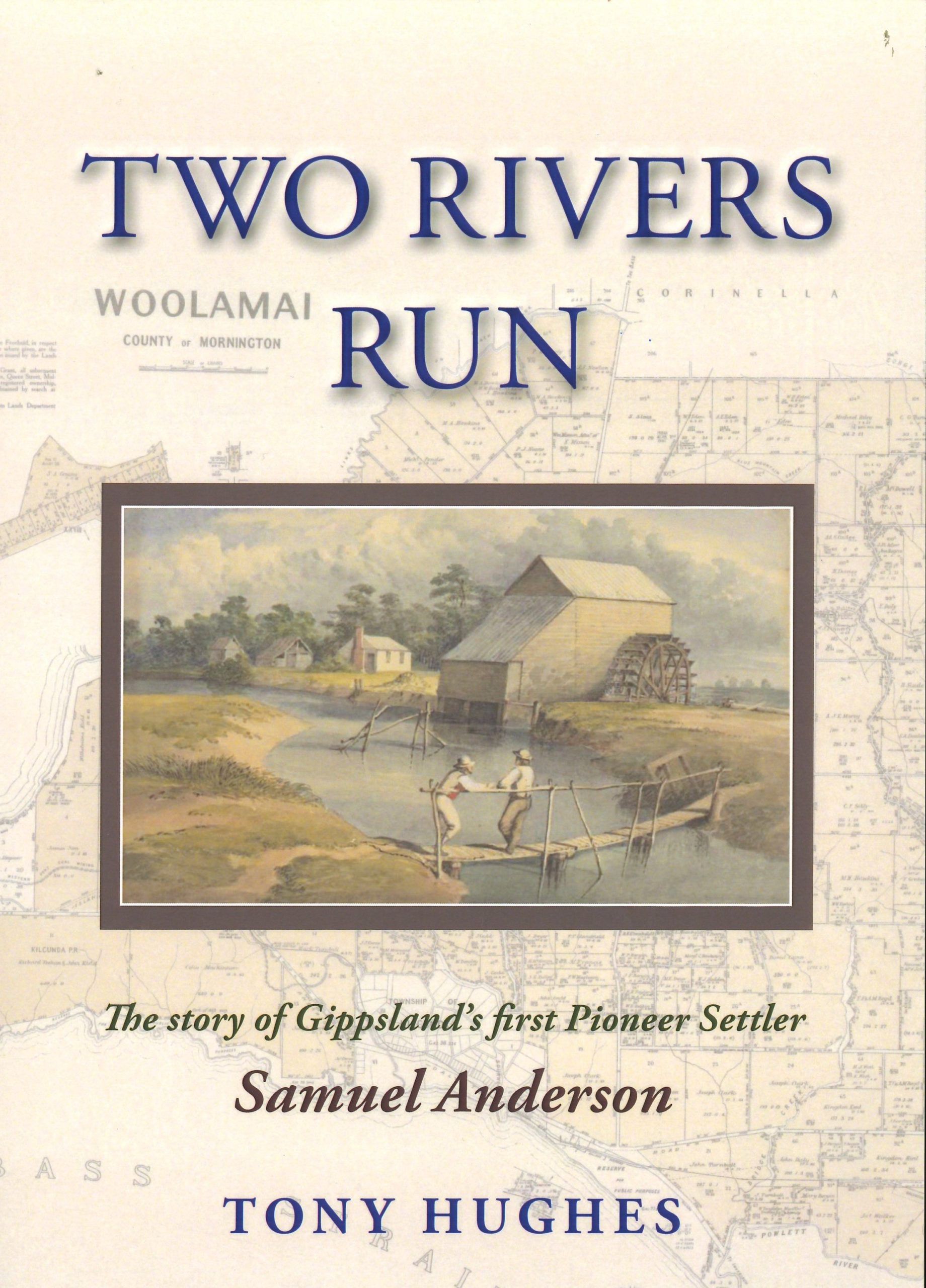
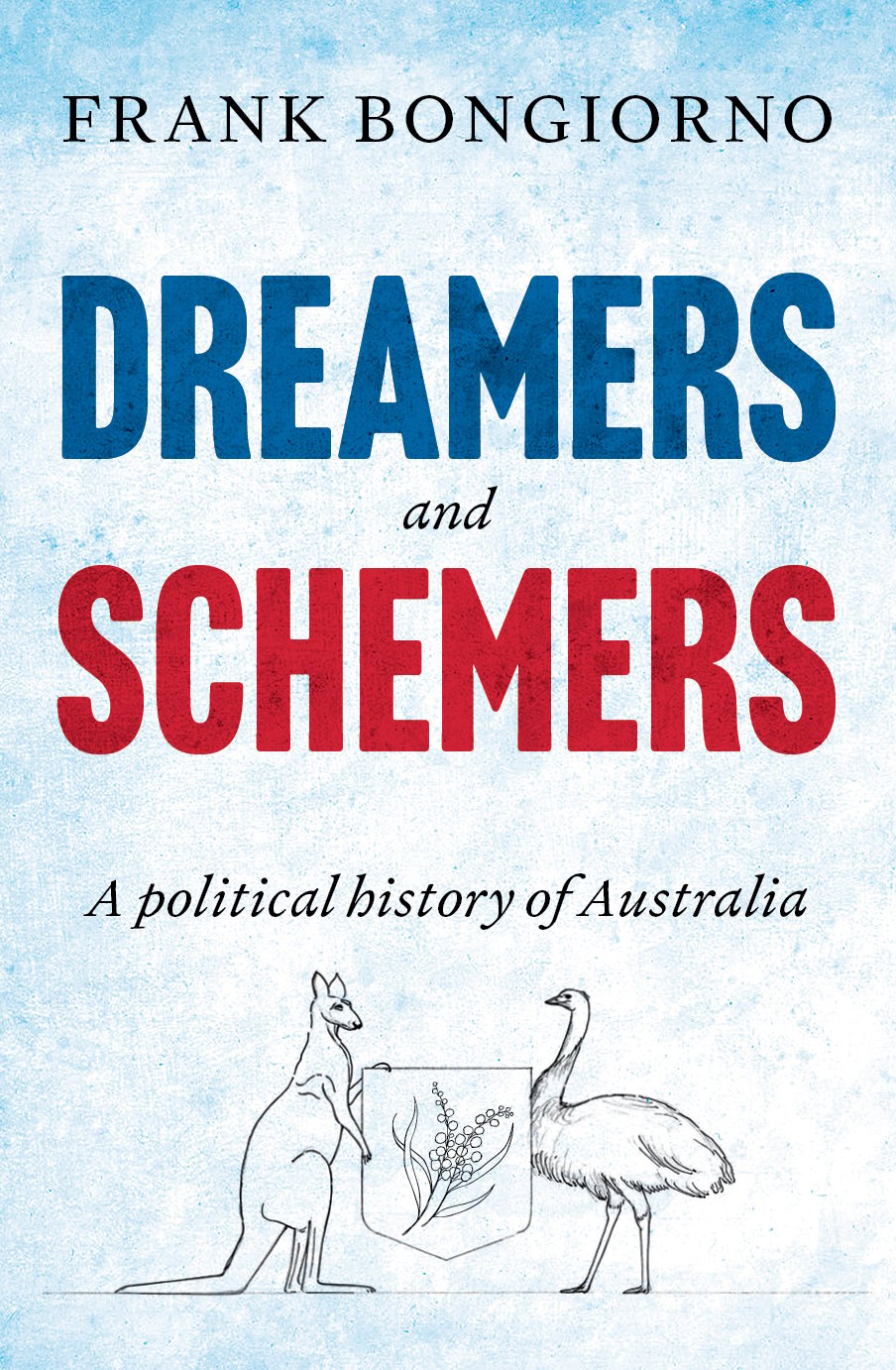

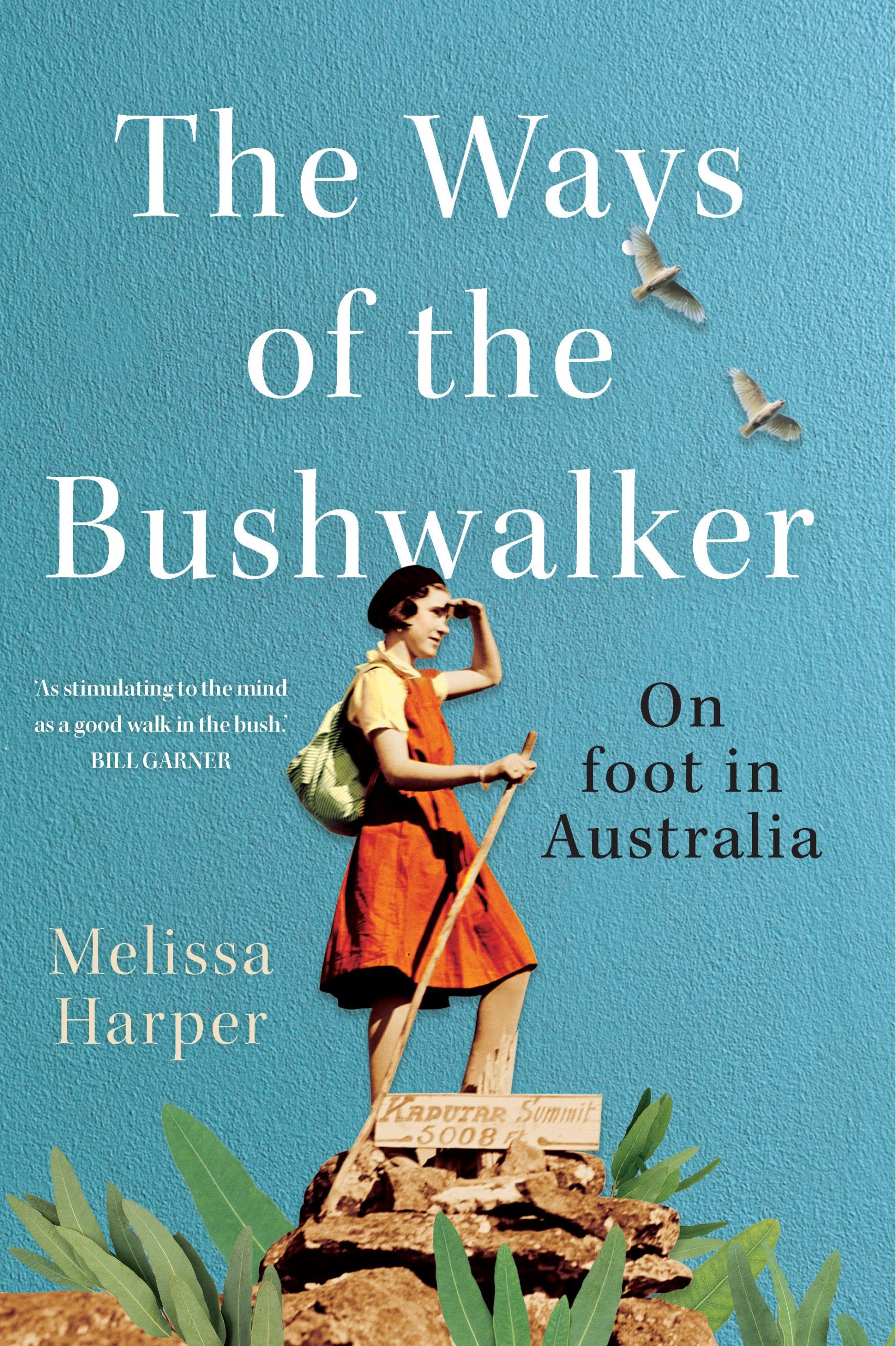
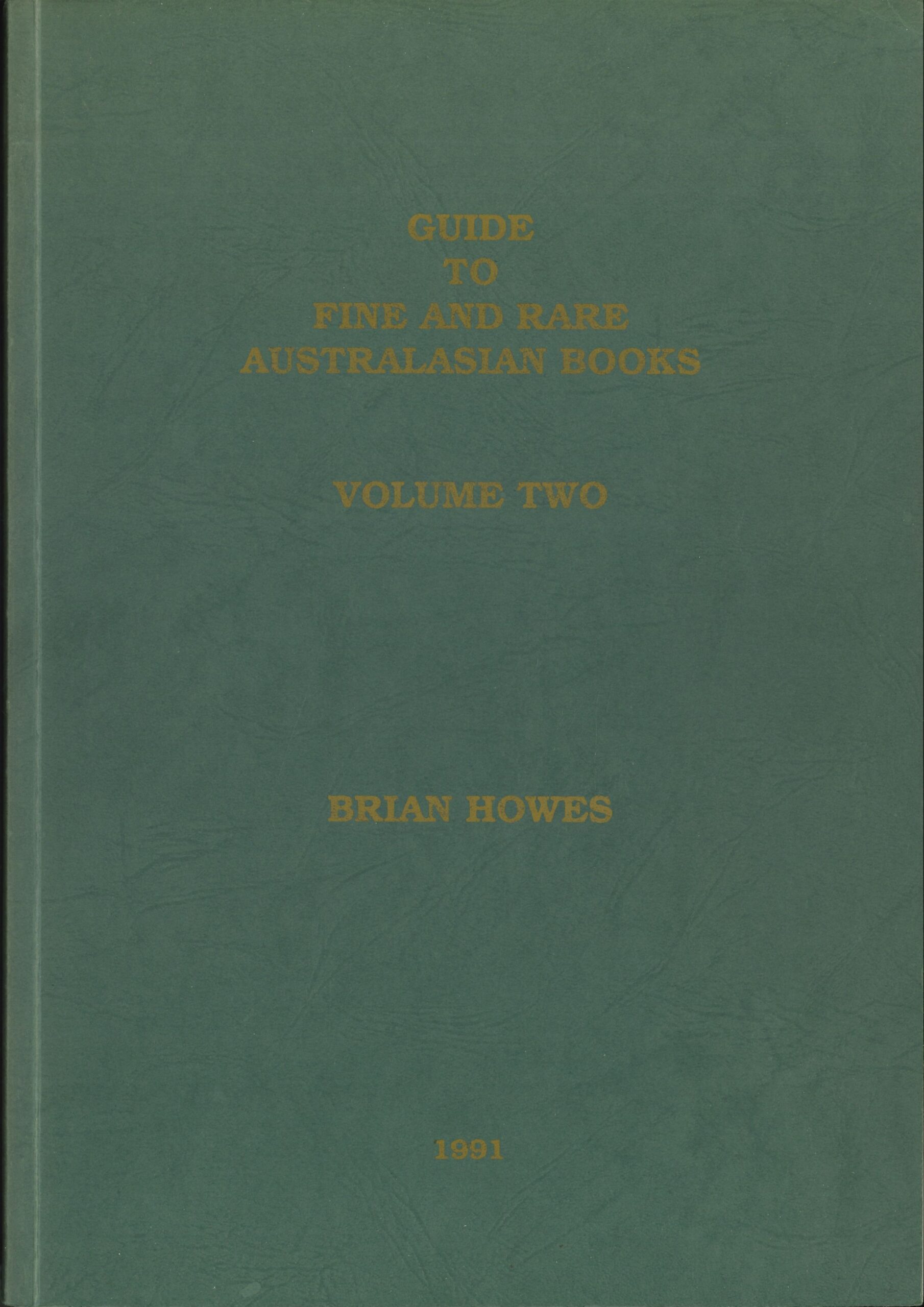
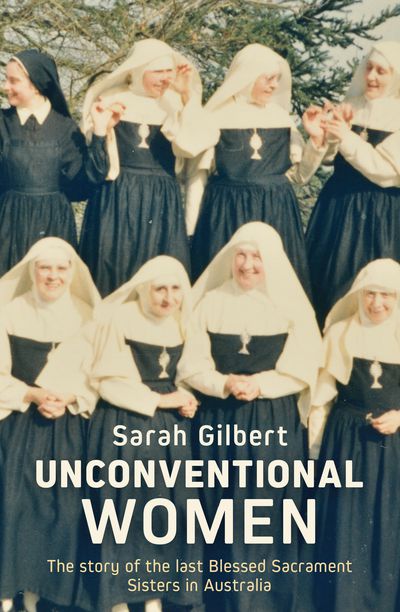
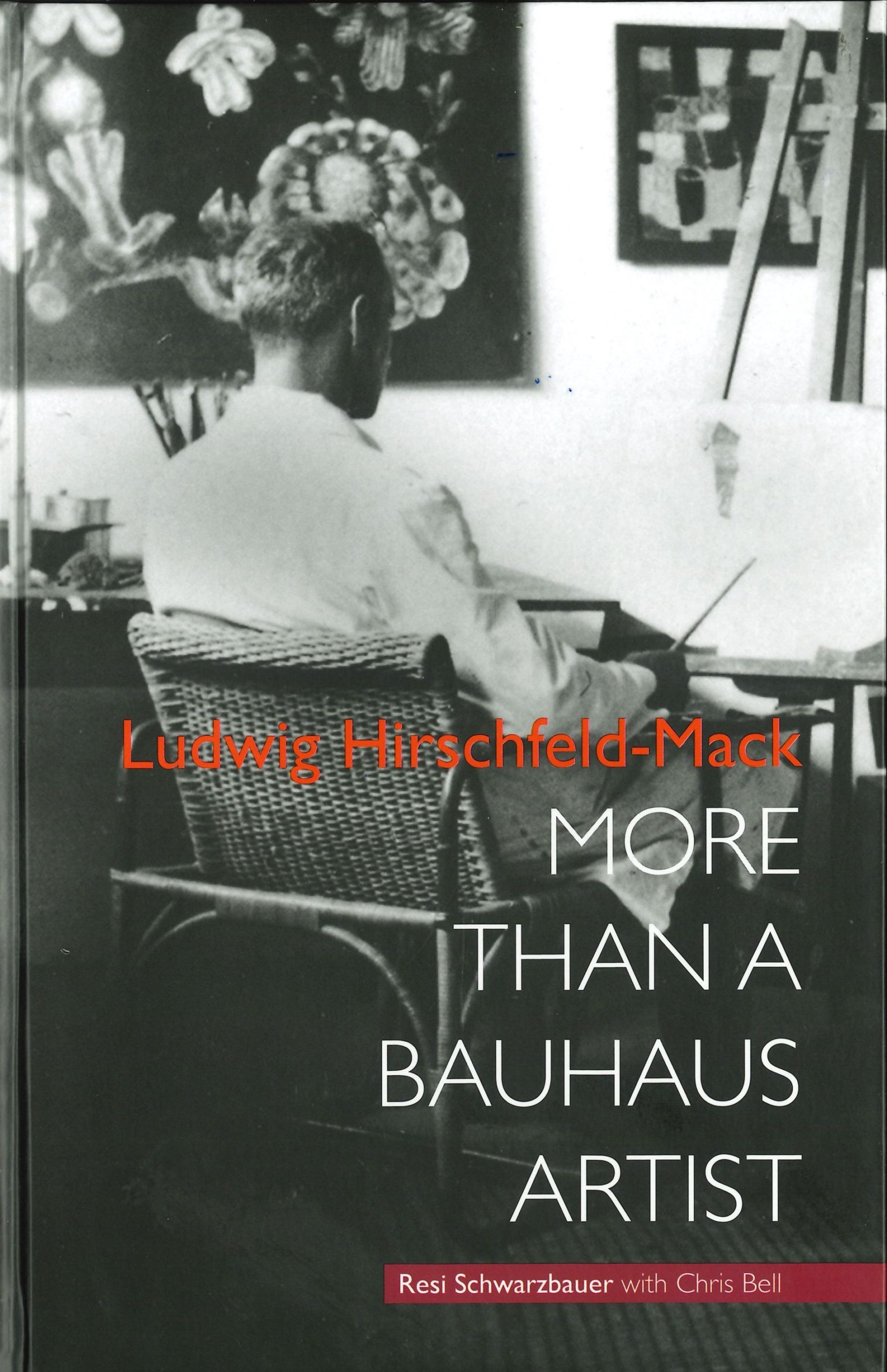
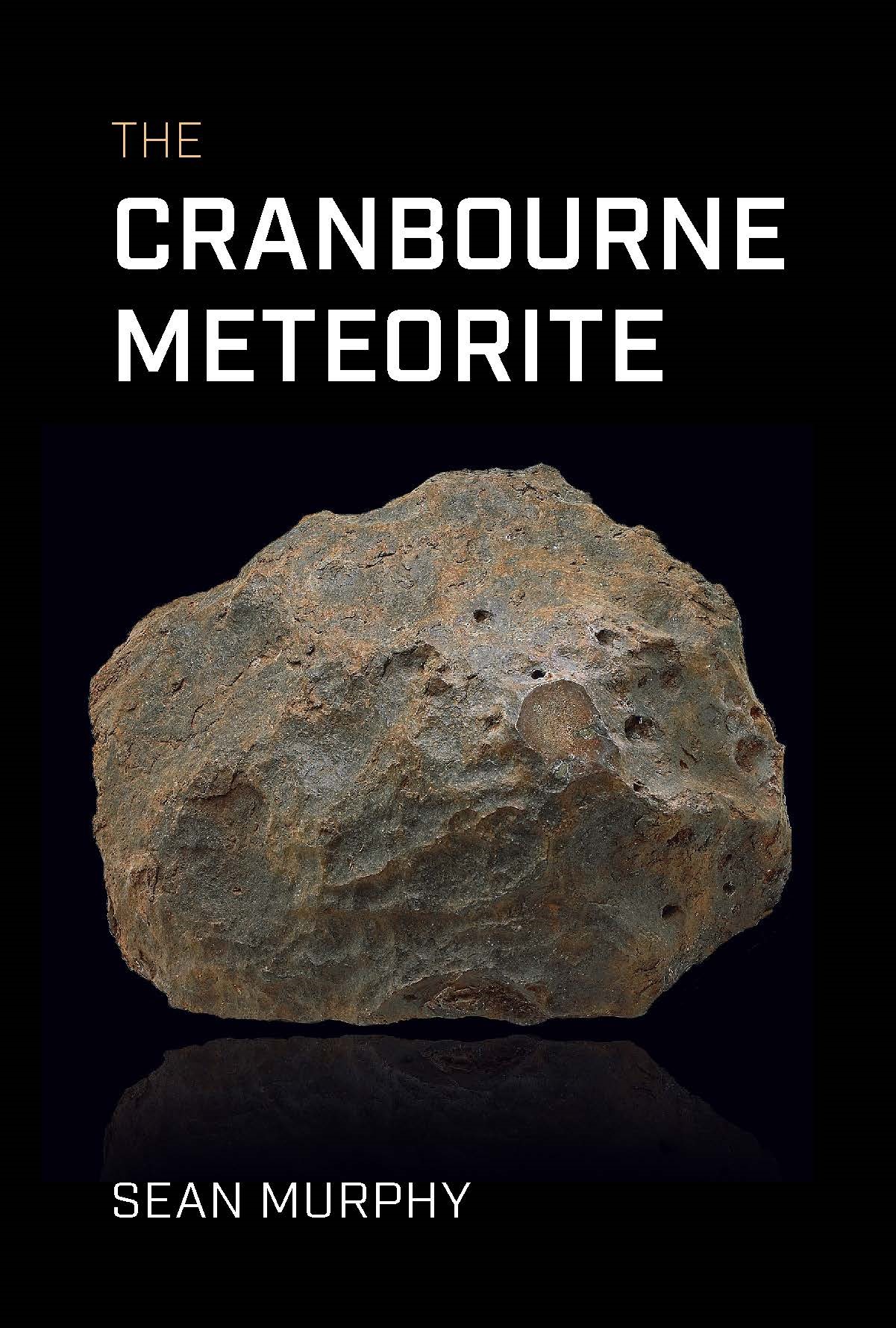




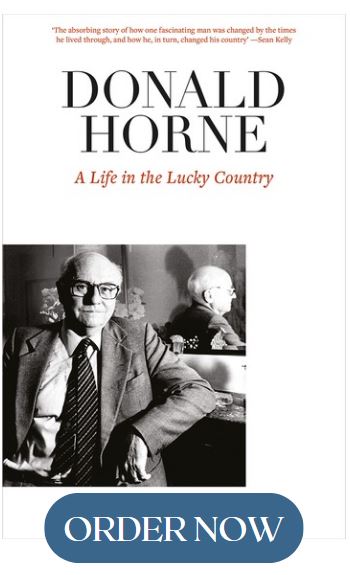
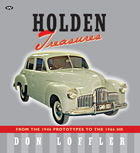


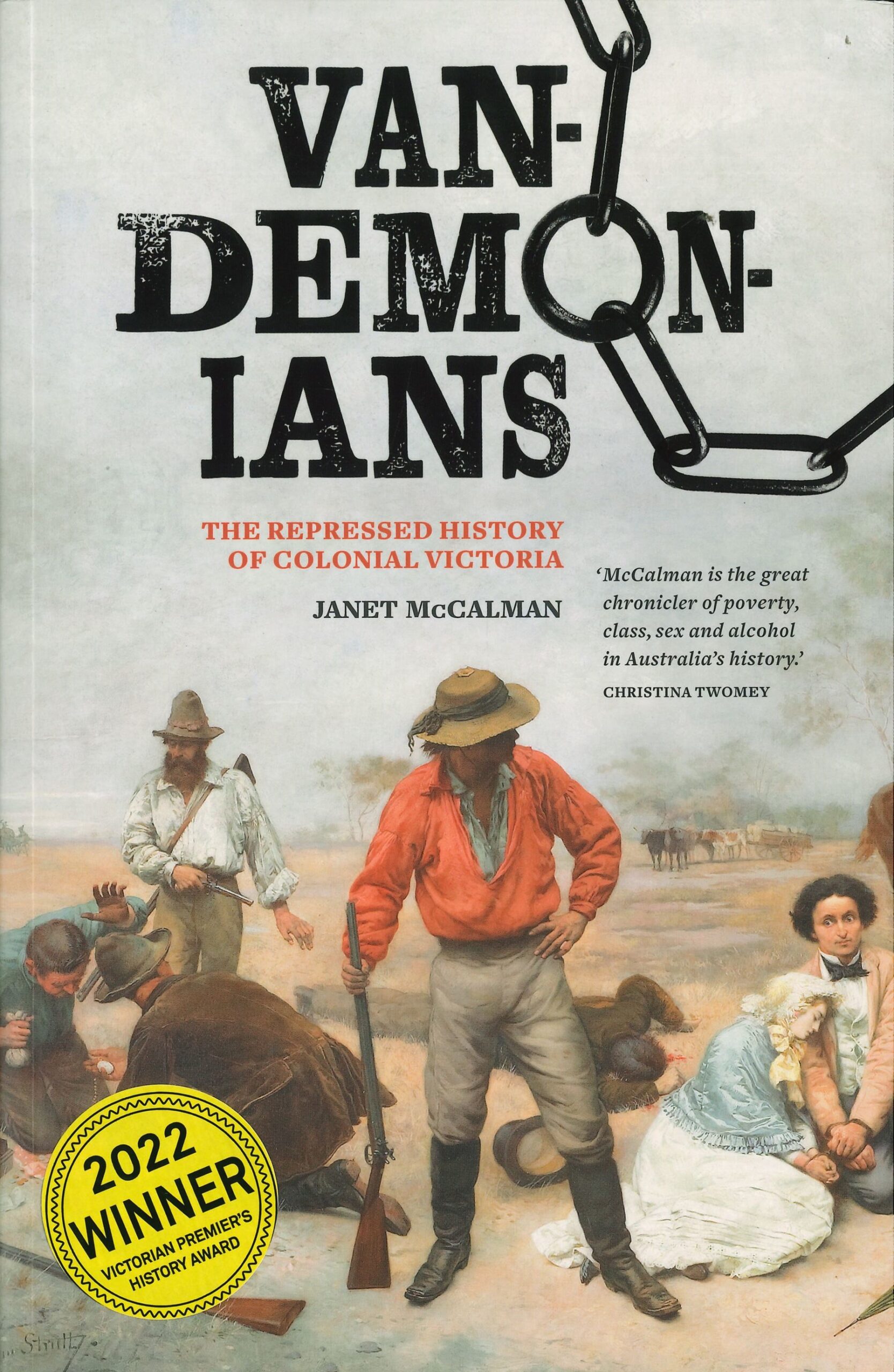
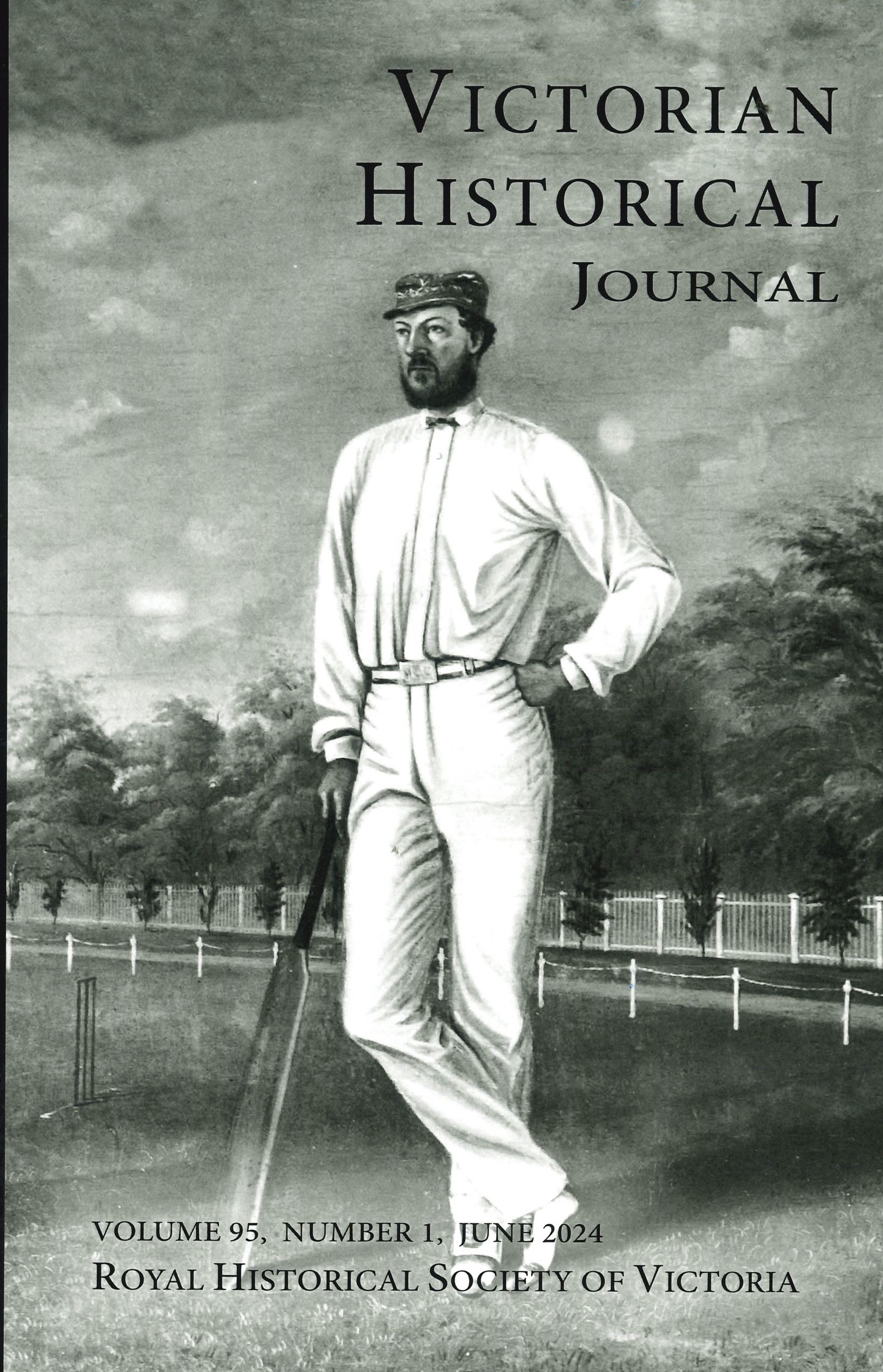


 239 A'Beckett Street Melbourne, Victoria, 3000
239 A'Beckett Street Melbourne, Victoria, 3000  03 9326 9288
03 9326 9288  office@historyvictoria.org.au
office@historyvictoria.org.au  Office & Library: Weekdays 9am-5pm
Office & Library: Weekdays 9am-5pm


Book Reviews Reviews
There are no reviews yet.